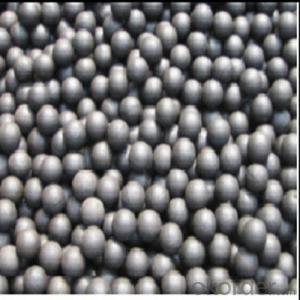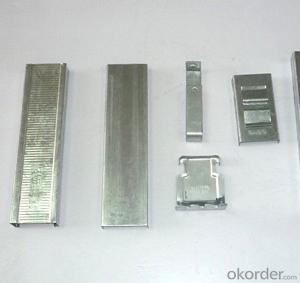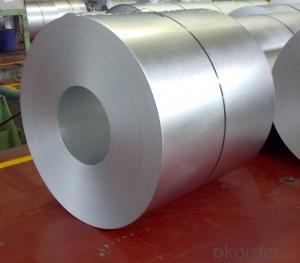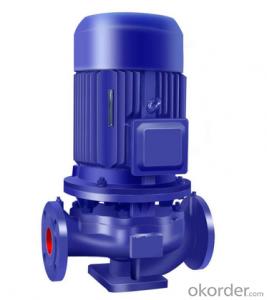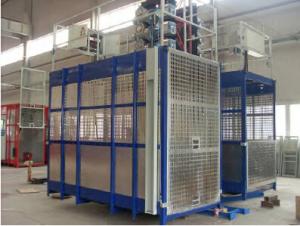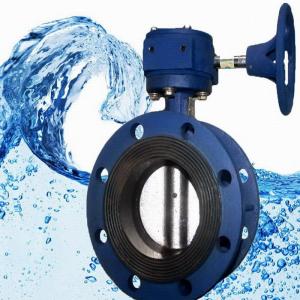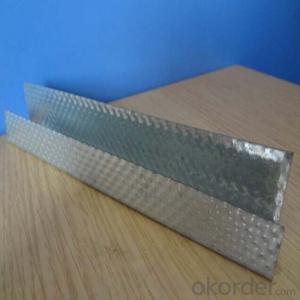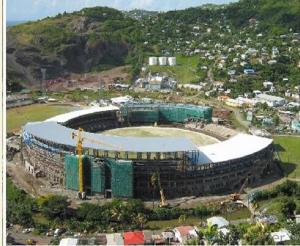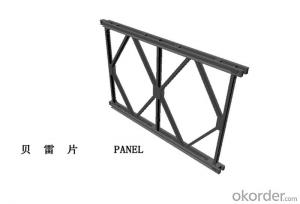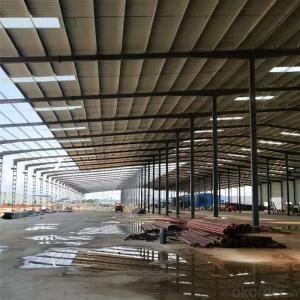Splice In Steel Structure
Splice In Steel Structure Related Searches
Best Paint For Stainless Steel Blanket Insulation For Steel Buildings Primer For Galvanized Steel Foam Filter For Stainless Steel H S Code For Stainless Steel Surface Grinding Wheels For Stainless Steel Surface Grinding Wheels For Hardened Steel Hole Saw For Stainless Steel Paint For Stainless Steel Stainless Steel For BbqHot Searches
Steel Mesh Panels For Sale Price For Stainless Steel Scrap Scrap Price For Stainless Steel Price For Stainless Steel Stainless Steel Tank For Sale Stainless Steel Sheets For Sale Cheap High Tea Sets For Sale Stainless Steel Tanks For Sale Stainless Steel For Sale High Density Fiberboard For Sale Solar Hot Water Collectors For Sale Scaffolding For Sale In Uae Scaffolding For Sale In Ireland Scaffolding For Sale In Houston Type Of Inverter For Solar Price Of Shipping Containers For Sale Types Of Inverter For Solar Stock Price For Aluminum Used Solar Inverter For Sale Steel Mesh Panels For SaleSplice In Steel Structure Supplier & Manufacturer from China
Okorder.com is a professional Splice In Steel Structure supplier & manufacturer, offers integrated one-stop services including real-time quoting and online cargo tracking. We are funded by CNBM Group, a Fortune 500 enterprise and the largest Splice In Steel Structure firm in China.Hot Products
FAQ
- When designing steel structures for healthcare facilities such as hospitals and clinics, several considerations need to be taken into account. Firstly, the structural integrity and strength of the steel framework should be prioritized to ensure the safety of the building and its occupants. This involves selecting the appropriate steel grade and ensuring proper connections and reinforcements to withstand potential loads and withstand seismic events. Secondly, the design should incorporate flexibility and adaptability to accommodate future changes and expansions in the healthcare facility. This includes designing column-free spaces, allowing for easy reconfiguration of partitions, and providing sufficient floor-to-ceiling heights for equipment installation or future floor additions. Thirdly, the steel structure should facilitate efficient and functional layouts, optimizing the flow of patients, staff, and medical equipment. Considerations such as locating support spaces near patient areas, providing ample space for specialized medical equipment, and integrating efficient vertical transportation systems should be incorporated into the design. Additionally, the design should prioritize infection control and patient privacy. This may involve incorporating features such as separate entrances and circulation paths for patients and staff, designing isolation areas with controlled airflows, and integrating appropriate finishes and materials that are easy to clean and maintain. Lastly, sustainability and energy efficiency should be considered. Designing the steel structure to incorporate energy-efficient systems, such as HVAC and lighting, and utilizing environmentally friendly construction materials can contribute to reducing the facility's carbon footprint and operational costs. Overall, designing steel structures for healthcare facilities requires a comprehensive approach that ensures safety, functionality, adaptability, infection control, and sustainability to meet the unique needs of healthcare environments.
- Steel structures are designed to be resistant to seismic pounding through various strategies. One common approach is to incorporate seismic isolation systems, such as base isolators or dampers, which absorb and dissipate the energy generated during an earthquake. These systems help to reduce the forces transmitted to the structure and minimize the potential for pounding. Additionally, steel structures are often designed with sufficient gaps or expansion joints to allow for relative movement between adjacent elements, thus preventing direct collisions and reducing the risk of pounding.
- Some of the design considerations for steel roof systems include the structural integrity and load-bearing capacity of the steel, the slope and pitch of the roof, the type and thickness of insulation, the method of attachment, the potential for expansion and contraction due to temperature changes, the compatibility with other building components, the durability and resistance to corrosion, the aesthetic appeal, and compliance with building codes and regulations.
- Some common design considerations for steel educational or institutional buildings include structural integrity, durability, flexibility in layout, efficient use of space, energy efficiency, ease of maintenance, and compliance with building codes and regulations. Additionally, factors such as acoustics, natural lighting, aesthetics, and cost-effectiveness are also taken into account during the design process.
- Designing steel power plants involves several key considerations to ensure optimal performance, safety, and efficiency. Here are some important design considerations for steel power plants: 1. Structural Integrity: The design should prioritize the structural integrity of the power plant, as it needs to withstand various mechanical and environmental stresses. Steel, being a strong and durable material, is commonly used to provide the necessary strength and stability. 2. Load-Bearing Capacity: Steel power plants must be designed to withstand the weight and load of heavy machinery, equipment, and turbines. The design should incorporate appropriate load-bearing structures to distribute the weight evenly and prevent any structural failures or deformations. 3. Safety Measures: Safety is a paramount consideration in power plant design. Steel power plants should have robust fire protection systems, emergency exits, and safety equipment. Additionally, the layout should facilitate safe movement of personnel and provide clear evacuation routes in case of emergencies. 4. Environmental Impact: Power plants have a significant impact on the environment, particularly in terms of emissions and waste generation. The design should incorporate measures to minimize harmful emissions, such as the installation of efficient pollution control systems and proper waste disposal mechanisms. 5. Energy Efficiency: Designing power plants with energy efficiency in mind is crucial for reducing operational costs and minimizing environmental impact. The layout should optimize the flow of energy, reduce heat loss, and incorporate efficient cooling and heating systems to maximize overall energy efficiency. 6. Maintenance and Accessibility: Easy access to equipment and machinery is essential for maintenance and repair activities. The design should include spacious walkways, platforms, and sufficient clearance for equipment removal and replacement. 7. Noise and Vibration Control: Power plants generate significant noise and vibrations, which can be detrimental to nearby communities and the overall working environment. Proper design considerations should be taken to minimize noise and vibration levels through the use of sound insulation materials, vibration dampeners, and isolation techniques. 8. Scalability and Future Expansion: Power plants are long-term investments, and their design should allow for future expansion and scalability. This includes considering factors like available land, accessibility to resources, and the ability to incorporate new technologies or equipment as required. 9. Integration with Grid Infrastructure: Designing power plants that seamlessly integrate with existing grid infrastructure is essential for efficient power distribution. Proper consideration should be given to connecting power plants to the grid, ensuring compatibility, and minimizing transmission losses. 10. Regulatory Compliance: Steel power plant design must adhere to relevant safety and environmental regulations set by local and international authorities. Compliance with these regulations is critical to ensure the plant's operations are legally and ethically sound. By considering these design considerations, engineers and designers can create steel power plants that are safe, efficient, and environmentally friendly, meeting the energy demands while minimizing their impact on the surroundings.
- Steel structures are extensively used in industrial facilities due to their strength, durability, and versatility. They are primarily used for constructing warehouses, factories, power plants, and other large-scale industrial buildings. Steel structures provide excellent support for heavy machinery and equipment, ensuring the safety and stability of the facility. Additionally, steel's flexibility allows for easy customization and expansion of the structure as per the evolving needs of the industry.
- Steel structures are commonly used in parking and vehicle management systems for their durability, strength, and versatility. They can be used to construct multi-level parking garages, carports, and sheltered walkways, providing efficient and secure spaces for vehicles. Steel structures also allow for easy expansion or modification of the parking system, making them ideal for accommodating future growth in vehicle demand.
- When designing steel structures in areas with high snow loads, there are several crucial factors to consider: 1. Calculation of Snow Load: The initial step in designing a steel structure in a high snow load area involves accurately determining the expected snow load. This requires identifying the maximum snow load specified by local building codes or snow load maps. 2. Structural Design: The steel structure must be designed to withstand the anticipated snow loads without exceeding its capacity. This entails determining the appropriate size and strength of steel members, such as beams, columns, and connections, to ensure they can safely bear the weight of the snow. 3. Roof Design: The roof design plays a critical role in high snow load areas. It is vital to slope the roof adequately to allow for easy snow sliding, minimizing the accumulation of snow load on the structure. Additionally, the roof should be designed to resist snow drifts caused by wind patterns, which can significantly increase the snow load on specific parts of the structure. 4. Load Distribution: To prevent localized overloading, it is crucial to evenly distribute the snow load across the structure. This can be achieved through proper design of the structural system, including the use of appropriate framing and support elements. 5. Material Selection: The choice of steel grade and coatings can also impact the design of structures in high snow load areas. It is often preferable to use high-strength steel with good resistance to cold temperatures and corrosion to ensure the structure's durability and reliability under extreme conditions. 6. Foundation Design: The foundation of the steel structure should be designed to accommodate the additional loads imposed by the snow. It should be capable of transmitting the snow load to the ground without excessive settlement or structural failure. 7. Maintenance and Inspections: Regular inspections and maintenance of the steel structure are essential in high snow load areas. This includes monitoring for signs of excessive snow accumulation, such as sagging or deformation, and promptly addressing any issues that may arise. By carefully considering these factors, engineers and designers can create steel structures that are safe, durable, and capable of withstanding the high snow loads commonly encountered in certain regions.







